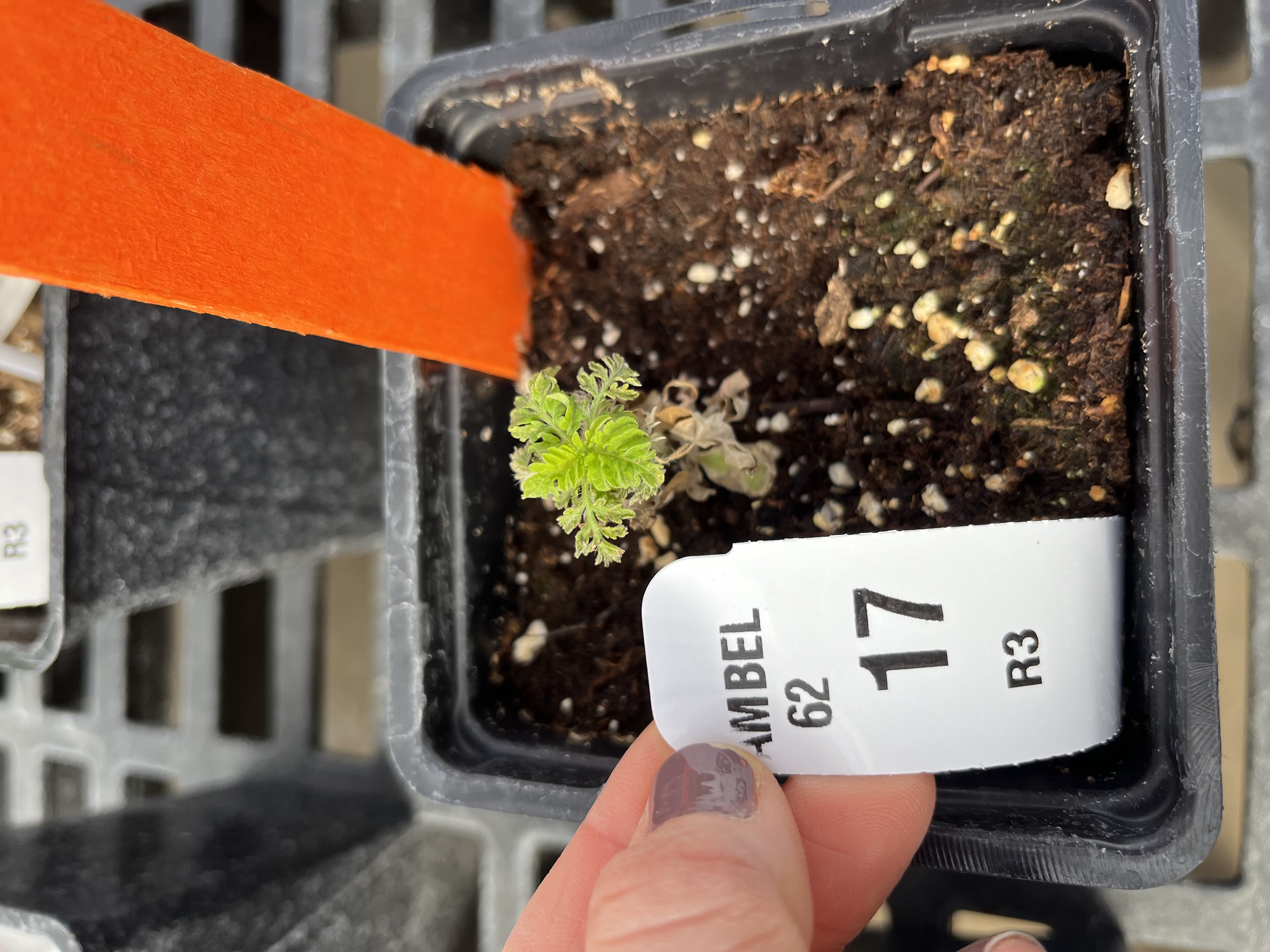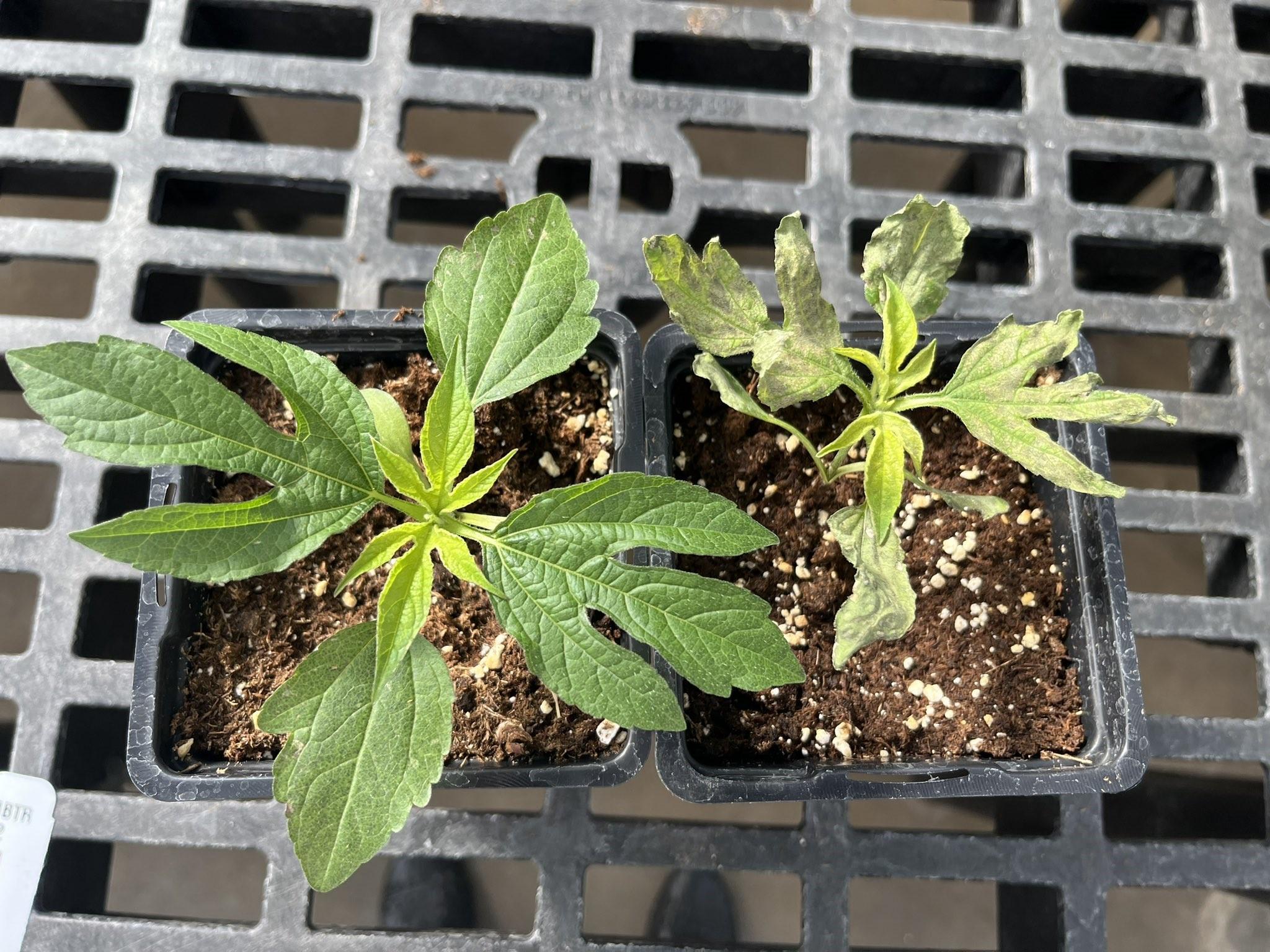2024 status of herbicide-resistant weeds in Michigan
Each year, new herbicide resistance cases are identified by MSU Plant & Pest Diagnostics.

In fall 2023, Michigan State University Plant & Pest Diagnostics received 15 samples to screen for herbicide resistance. All but one of the samples were submitted from Michigan, and 12 of these samples were funded by the Michigan Soybean Committee. The Michigan Soybean Committee has provided ongoing support for the screening of select weed species for herbicide resistance that are found growing in soybean rotations (i.e., pigweeds, ragweeds, marestail/horseweed and common lambsquarters). One of the submitted samples was supported by the Michigan Vegetable Council, which covered the screening of any suspected resistant weeds found in vegetable rotations from 2021-2023.
Of the 14 Michigan samples, 13 were confirmed to be resistant to various herbicides and eight were cases that had not previously been confirmed in the counties in which they were sampled. Glyphosate plus atrazine (triazine) resistance in Palmer amaranth was documented for the first time in Allegan and St. Joesph counties, with St. Joesph County also having a confirmed case of three-way resistance [i.e., Acetolactate synthase (ALS) inhibitors plus glyphosate plus atrazine] in this species. Waterhemp resistant to glyphosate plus ALS inhibiting herbicides was confirmed for the first time in Montcalm County.
Purple amaranth was confirmed resistant to photosystem II inhibiting herbicides (i.e., linuron and prometryn) in Kent County (Figure 1). Multiple resistant common ragweed (i.e., ALS inhibitor plus protoporphyrinogen oxidase inhibitor) was confirmed in Eaton County (Figure 2) and glyphosate resistant giant ragweed was confirmed in Branch County (Figure 3). Finally, ALS resistance was confirmed in common lambsquarters in Clinton County.


In addition to these confirmations, we saw for the first time a waterhemp sample that showed reduced control with mesotrione, a 4-hydroxyphenylpyruvate dioxygenase (HPPD) inhibiting herbicide. While the 1x and 4x rates tested in the screen controlled all but one of the eight plants treated, this survivor paired with outside dose response data suggests that this population is developing resistance. Continued reliance on this sole active ingredient for postemergence waterhemp management would be expected to favor advanced resistance. Resistance to the HPPD inhibiting herbicides by waterhemp has been confirmed in other states in the Midwest since at least 2009, according to the Herbicide Resistance Action Committee, but should this shift continue, it would be the first confirmed case in Michigan.
Herbicide resistance testing will again be available in the fall of 2024. Fully mature seeds are needed for these screens, with most annual species expected to have mature seeds starting in mid-September through frost. All submissions are due by mid-November 2024. Information on these supported programs, fees for other types of samples and the submission process can be found on the Plant & Pest Diagnostics website or in the back of the 2024 Weed Control Guide for Field Crops (E-434) from Michigan State University Extension. Information and photos showing how to collect seeds for the bioassays is available in “Tips for collecting weed seeds: Ensure your resistance sample gets tested.”
If you have any questions regarding the 2023 results or future sample submissions, please contact Erin Hill at hiller12@msu.edu for more information.
New county locations and incidents of resistance confirmed from 2023:
*G# refers to the herbicide site of action group.
Palmer amaranth
- Multiple resistant (glyphosate-G#9 + triazine-G#5): Allegan and St. Joesph
- Multiple resistant (ALS-G#2 + glyphosate-G#9 + triazine-G#5): St. Joesph
Waterhemp
- Multiple resistant (ALS-G#2 + glyphosate-G#9): Montcalm
Purple amaranth
- PSII-resistant (G#5): Kent
Common ragweed
- Multiple resistant (ALS-G#2 + PPO-G#14): Eaton
Giant ragweed
- Glyphosate-resistant (G#9): Branch
Common lambsquarters
- ALS-resistant (G#2): Clinton
Thank you to Christy Sprague for reviewing this article.



 Print
Print Email
Email




